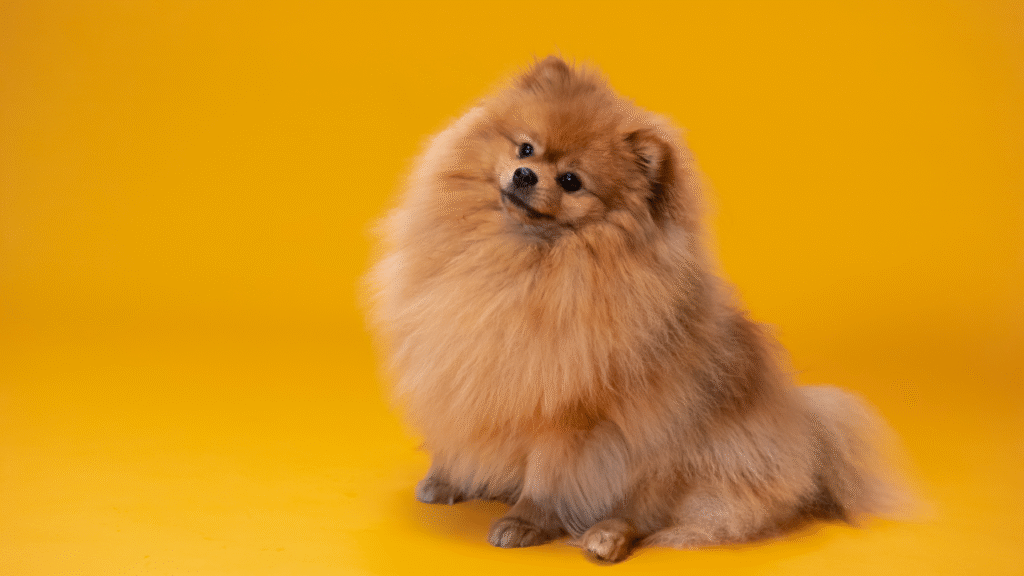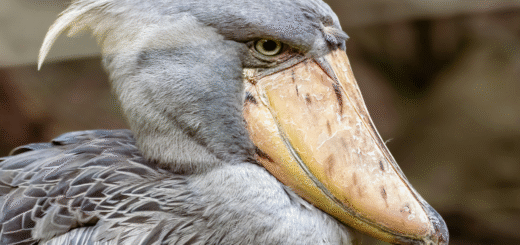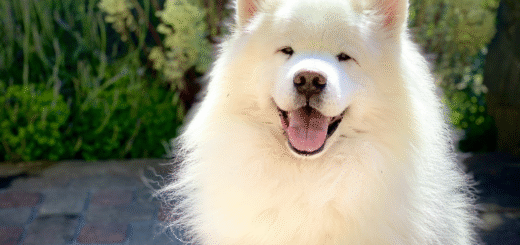Training Tips for a Well-Behaved Puppy: A Beginner’s Guide
Bringing home a puppy is exciting, but without proper training, that adorable fluff ball can quickly turn into a handful. Early training lays the foundation for a happy, healthy relationship between you and your pup. In this guide, we’ll explore essential puppy training tips to help you raise a well-behaved dog.

1. Start Early with Positive Reinforcement
Puppies are most impressionable between 8 to 16 weeks. Begin training as soon as you bring your puppy home. Use positive reinforcement—reward good behavior with treats, praise, or play. Avoid punishment-based methods, which can cause fear and anxiety.
2. Focus on Basic Commands
Teach essential commands like:
- Sit
- Stay
- Come
- Leave it
- Down
These commands build obedience and keep your puppy safe in various situations. Keep sessions short—5 to 10 minutes—and repeat daily for consistency.
3. Establish a Daily Routine
Dogs thrive on structure. Feed, walk, play, and train at the same times each day. A predictable routine helps puppies feel secure and understand what’s expected of them.
4. Socialize Early and Often
Expose your puppy to different environments, people, and other animals during their critical socialization window (up to 16 weeks). This reduces the risk of fear-based behaviors and aggression later on.
Pro tip: Keep experiences positive. Bring treats on walks and reward calm behavior when your puppy meets new people or dogs.
5. Crate Training Builds Confidence
Crate training is not punishment—it’s a way to give your puppy a safe space. It also helps with housebreaking and reduces separation anxiety.
- Choose the right crate size (large enough to stand and turn around).
- Make it cozy with soft bedding.
- Never use the crate for time-outs or punishment.
6. Be Consistent with Rules
If you don’t want your puppy on the couch when they’re 60 pounds, don’t allow it at 8 weeks. Use the same cues and responses each time to avoid confusion.
Example: If you use “off” to discourage jumping, don’t switch to “down” later. Stick to one word per action.
7. Use a Clicker for Precision
Clicker training adds clarity by marking the exact moment your puppy does something right. Follow the click with a reward, and your puppy will quickly associate the sound with success.
8. Correct Gently, Redirect Positively
If your puppy is chewing a shoe, don’t yell. Say “no” calmly, then redirect to a toy. Reward when they chew the right thing. This teaches what’s allowed without creating fear.
9. Patience and Persistence Pay Off
Training takes time. Some puppies learn faster than others. Stay patient, and don’t expect perfection overnight. Celebrate small victories and keep moving forward.
10. Know When to Get Help
If your puppy shows signs of aggression, excessive fear, or you’re feeling overwhelmed, consult a certified dog trainer or behaviorist. Early intervention can prevent bigger issues later.
Conclusion: Raise a Puppy You Can Be Proud Of
Training your puppy isn’t just about teaching commands—it’s about building trust, communication, and respect. With the right approach, patience, and a little daily effort, your puppy will grow into a well-mannered companion you’ll be proud of.








